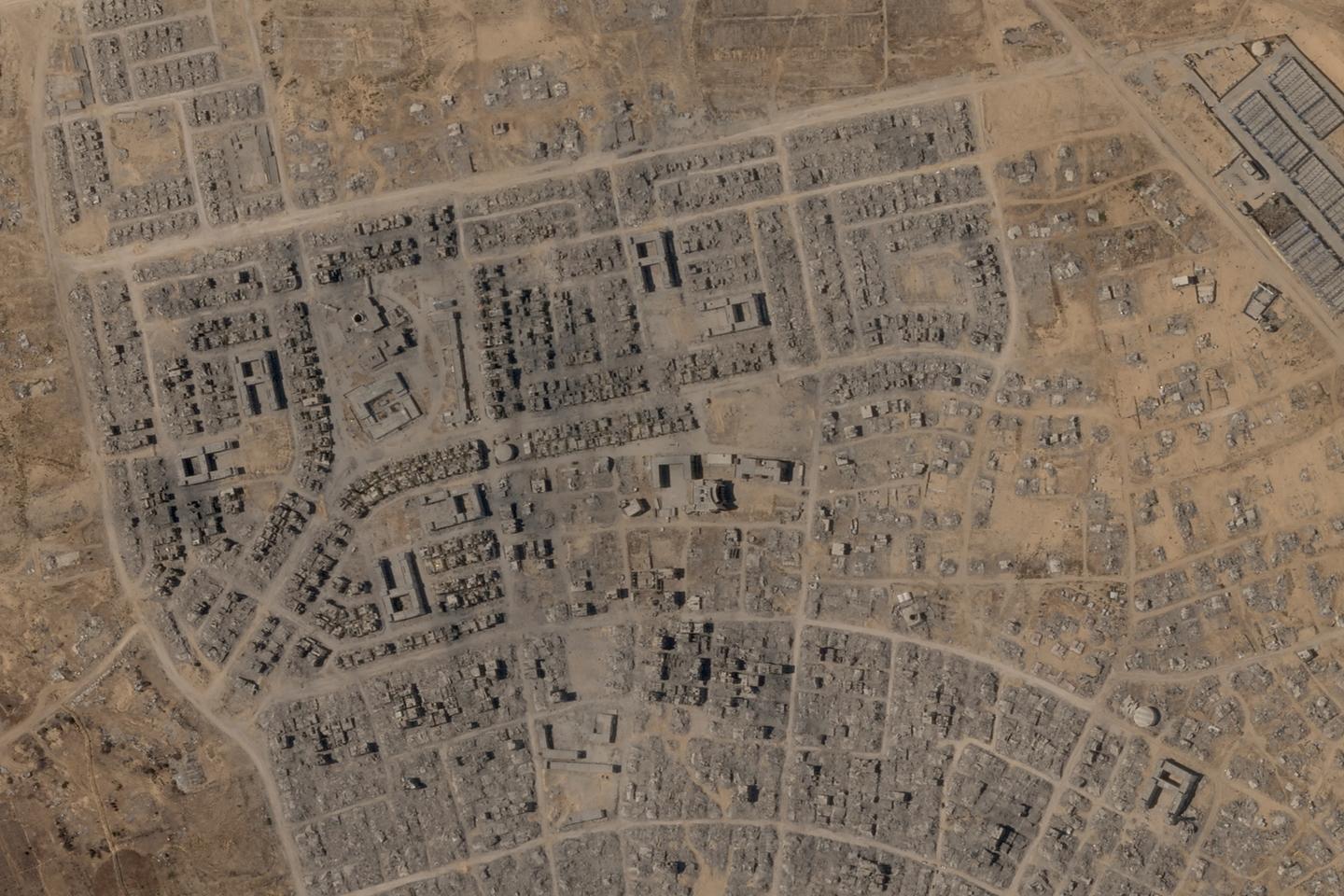


The Gaza Strip is divided into five governorates, the southernmost of which is Rafah, with a population of more than 250,000 in 2023. But over the past two years, the Israeli army has carried out a full-scale campaign to annihilate the urban fabric of Rafah, a campaign that has intensified in recent months.
It is all the more important, therefore, to recall that Rafah's long history dates back to the second millennium BC, when the Pharaohs developed the area to secure their hold over Canaan. In 720 BC, the Egyptians were defeated in Rafah by the Assyrians, who were later replaced by the Babylonians and then by the Persians over the following centuries. In 217 BC, the rulers of Alexandria and Antioch fought a massive battle at Rafah, with tens of thousands of soldiers on each side, both armies deploying war elephants.
The Greek historian Polybius, who died in 120 BC, considered Rafah to be the last city of Asia before reaching Africa, at the edge of Egypt's Sinai Peninsula.
The 'Citadel of the South'
In the fifth century AD, Rafah became the seat of a bishopric in the Byzantine province of Palestine. This administrative division of Palestine was preserved two centuries later by Arab conquerors, who made Rafah their "Citadel of the South." In reality, it was less a fortress than a commercial crossroads at the edge of the Egyptian desert, with its markets and caravanserais, and later, a postal relay station.
The founding of Khan Yunis in 1387, on the road to Gaza, diverted regional trade to the new city, leading to Rafah's decline, reducing it to a small village of a few hundred residents, all Muslims, during the Ottoman period. However, when the British – then in control of Egypt – demarcated the border between Sinai and Palestine with the Ottomans in 1906, they deliberately drew it through the heart of Rafah. This gave the city a free zone status, allowing traders and Bedouins to move freely across what was widely seen as an artificial border. Such fluidity of movement continued after the British conquest of Palestine in 1917.
You have 63.58% of this article left to read. The rest is for subscribers only.
